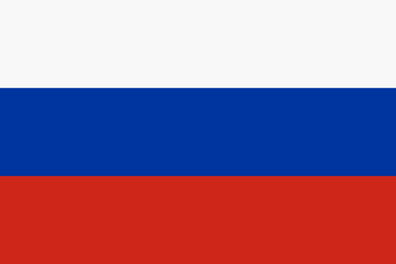Donate to Support Supercluster
Your support makes the Astronaut Database and Launch Tracker possible, and keeps all Supercluster content free.
SUPPORTSupercluster on Patreon
Your support makes the Astronaut Database and Launch Tracker possible, and keeps all Supercluster content free.
SUPPORTThis goes
to space
Bars-M #4
Bars-M
The Bars-M series from Russia is an electro-optical surveillance satellite and the second generation of Bars satellites.
In addition to the Karat camera, the satellites carry a dual laser altimeter and can provide Russia with topographic and stereo imagery, altimeter data, and high-resolution images of up to 1 meter.
Each Bars-M is built to operate for 5 years in a 570 km high sun-synchronous orbit.
The first Bars-M launched in February 2015.
The second one launched in March 2016.
The third followed in May 2022.

On this
rocket
Soyuz 2.1a
The Soyuz 2.1a is a versatile launch vehicle capable of deploying civilian and military satellites into orbit, as well as carrying cargo and crew to the International Space Station (ISS). It is part of the modernized Soyuz-2 family, which features upgraded avionics, improved control systems, and enhanced performance over previous Soyuz models.
The Soyuz 2.1a can launch from all three major Roscosmos spaceports:
- Baikonur Cosmodrome (Kazakhstan)
- Plesetsk Cosmodrome (Russia, primarily for military and government payloads)
- Vostochny Cosmodrome (Russia, for civilian and commercial missions)
For crewed and cargo flights to the ISS, Soyuz 2.1a launches exclusively from Site 31/6 at Baikonur Cosmodrome.
Its first crewed flight took place on April 9, 2020, carrying Russian cosmonauts Anatoly Ivanishin and Ivan Vagner, along with NASA astronaut Chris Cassidy. This mission marked a significant shift from the previous Soyuz-FG rocket, which was retired in 2019.
Specs
Boosters (Blok-B, -V, -G, -D)
Number: 4
Engines: 1 × RD-107A per booster
Length: 19.6 m (64 ft)
Diameter: 2.68 m (8.8 ft)
Thrust (total): 3,357.92 kN / 754,880 lbf (sea level). 4,079.68 kN / 917,160 lbf (vacuum)
Burn Time: 118 seconds
Fuel: Liquid Oxygen (LOX) & RP-1 (rocket-grade kerosene)
Total Height: 46.3 m (152 ft)
Liftoff Mass: 312,000 kg (688,000 lbs)
Payload Capacity to Low Earth Orbit (LEO): 7,020 kg (15,480 lbs)
First Stage (Blok-A)
Engines: 1 × RD-108A
Length: 27.1 m (88.9 ft)
Diameter: 2.95 m (9.7 ft)
Thrust: 792.41 kN / 178,140 lbf (sea level). 921.86 kN / 207,240 lbf (vacuum)
Burn Time: 286 seconds
Fuel: Liquid Oxygen (LOX) & RP-1 (rocket-grade kerosene)
Second Stage (Blok-I)
Engines: 1 × RD-0110
Length: 6.7 m (22 ft)
Diameter: 2.66 m (9.8 ft)
Thrust: 298 kN / 67,000 lbf
Burn Time: 270 seconds
Fuel: Liquid Oxygen (LOX) & RP-1 (rocket-grade kerosene)
Image Credit: Roscosmos

From this
launch site
Site No. 43/3 - Plesetsk Cosmodrome, Russian Federation
The Plesetsk Cosmodrome is located 800 km north of Moscow, Russian Federation.
The site was founded in 1957 to support Union of Soviet Socialist Republics ICBM launches of the R7 missile - from which the Soyuz rockets today are derived.
Plesetsk was not as busy as Baikonur in terms of satellite launches from its founding in 1957 to 2000 due to its location and ability to only launch crafts to Molniya and polar orbits.
With the fall of the Soviet Union and the Baikonur Cosmodrome becoming foreign territory for Russia, Plesetsk has been far more active since the 2000s.
It is primarily used for military and commercial launches to high inclination and polar orbits.
It has been the site of three fatal ground accidents that have killed 58 people.
In 1973, a Cosmos-3M rocket exploded on the launch pad killing 9; in 1980, a Vostok-2M rocket exploded during fueling, killing 48; in 2002, a Soyuz-U rocket exploded killing 1 person.

Here's where to view Bars-M #4
GET THE SUPERCLUSTER APP
THE SUPERCLUSTER PODCAST
A podcast exploring the amazing milestones that changed space history, the wildest ideas that drive our future, and every development in this new Golden Age of Space.
Donate to support
Your support makes the Astronaut Database and Launch Tracker possible, and keeps all Supercluster content free.
SupportCOPYRIGHT 2021 SUPERCLUSTER LLC

